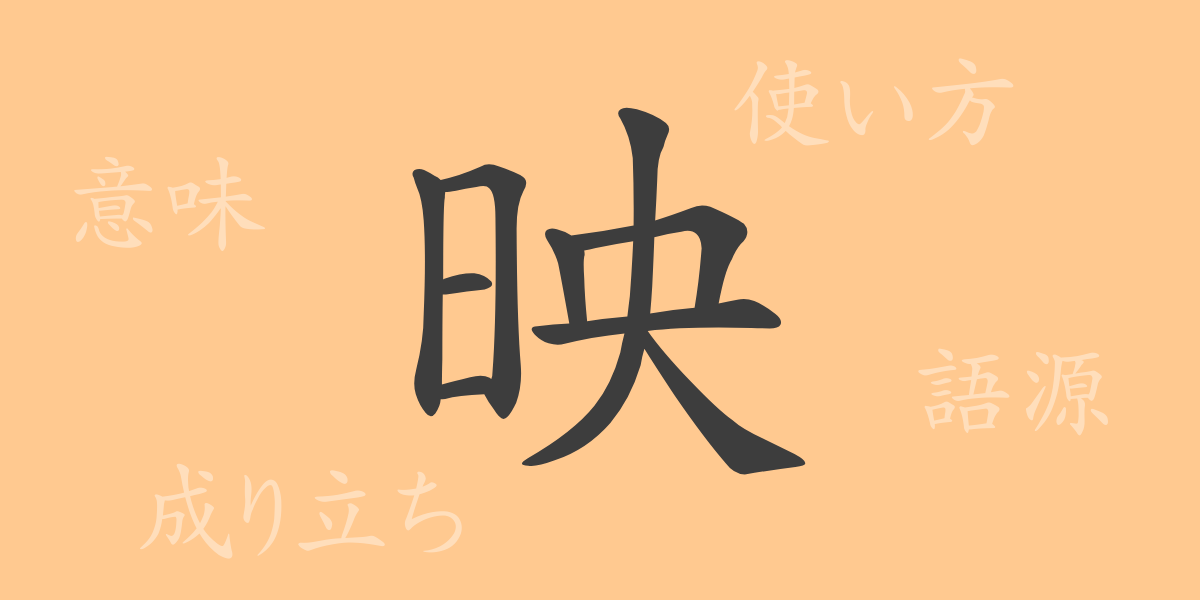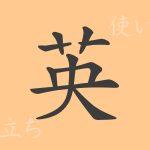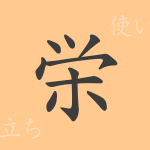The beauty of the Japanese language is also reflected in its delicate characters. “映” (えい, ei), one of the common kanji, reflects various aspects of Japanese culture through its unique charm in form and meaning. In this article, we deeply explore the world of “映,” taking a detailed look at its origin, meaning and usage, reading and stroke count, as well as the compound words and idioms used in everyday life.
The Origin of 映 (えい, ei)
The kanji “映” evolved from an ancient Chinese pictograph representing the reflection of sunlight on objects. Originally, it was a pictorial representation of a person waving their hand under the sun, and from this image, it came to mean the reflection of light and shadows. Over time, this kanji began to be used to express various abstract concepts, not just the relationship between light and shadow, but also images and reflections.
The Meaning and Usage of 映 (えい, ei)
“映” has meanings such as “to reflect,” “to project,” and “to cast a shadow.” Metaphorically, it also has usages such as “to project one’s thoughts” and “to give an impression.” This kanji is also used in words related to modern technologies like movies and videos, expanding the range of communication and expression in the Japanese language.
Reading, Stroke Count, and Radical of 映 (えい, ei)
“映” has various readings in Japanese, but the main ones are as follows:
- Reading: The on’yomi reading is “エイ” (ei), and the kun’yomi readings include “うつ.る” (utsu.ru), “うつ.す” (utsu.su), “は.える” (ha.eru), etc.
- Stroke Count: 9 strokes in total.
- Radical: The radical is “日” (にち, nichi).
Compound Words, Idioms, and Proverbs Using 映 (えい, ei) and Their Meanings
Compound words and idioms containing “映” bring rich expressions to the Japanese language. For example, “映画” (えいが, eiga) means moving images and plays a central role in the world of entertainment. “映像” (えいぞう, eizō) refers to visual images or impressions, and “映り込む” (うつりこむ, utsurikomu) expresses the appearance of things reflected in mirrors or water surfaces. It is also used to describe beautiful natural phenomena, such as “水面に月が映える” (すいめんにつきがはえる, suimen ni tsuki ga haeru), meaning “the moon shines on the water surface.”
Conclusion on 映 (えい, ei)
The kanji “映” has enriched the diversity of expression in the Japanese language from its origins to the present day. The depth of meaning contained in a single character and the infinite possibilities of expression that arise from using it demonstrate one aspect of the charm of the Japanese language. Through words like movies and videos, we experience the impact of “映” in our daily lives. By understanding this kanji, we can enrich our communication through language.

























